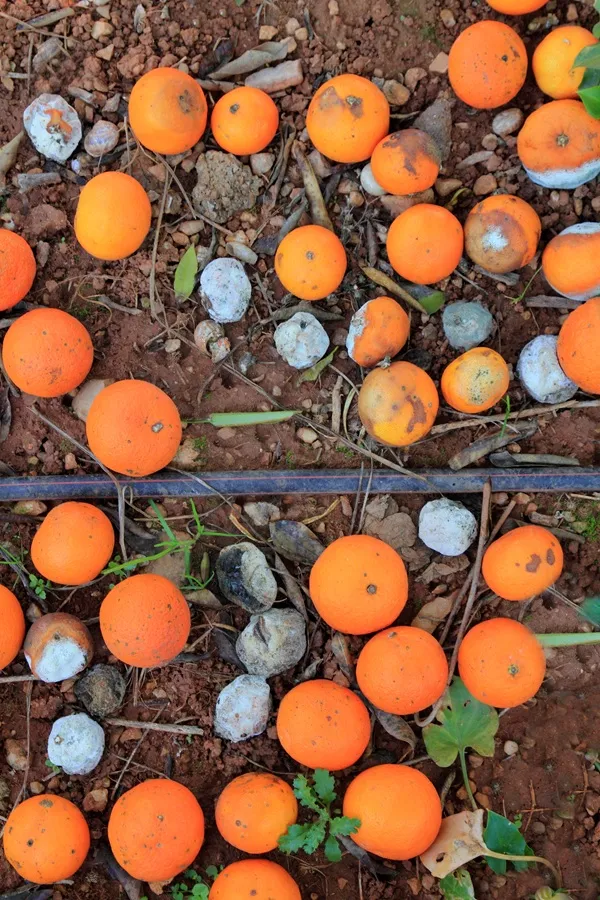Table of Contents
Olives: A Mediterranean Treasure – A Comprehensive Guide
1. Global Varieties of Olives
Olives (Olea europaea) come in hundreds of cultivars, each with unique flavors and uses. Key varieties include:
| Variety | Origin | Characteristics | Uses |
|---|---|---|---|
| Kalamata | Greece | Almond-shaped, dark purple; rich, fruity, and smoky. | Salads, tapenade, eating raw. |
| Manzanilla | Spain | Green, crisp, buttery; mildly tangy. | Stuffed olives, snacks. |
| Arbequina | Spain | Small, brown; nutty and buttery. | Olive oil, garnishes. |
| Cerignola | Italy | Large, green or black; meaty and mild. | Antipasti, appetizers. |
| Picholine | France | Green, elongated; crisp and slightly salty. | Cocktails, cooking. |
| Mission | USA (California) | Black, soft; earthy and robust. | Oil, canned olives. |
2. Taste & Usage
- Raw Taste: Bitter due to oleuropein; cured to reduce bitterness.
- Curing Methods:
- Brine-curing: Soaked in saltwater (e.g., Kalamata).
- Lye-curing: Quick method for green olives (e.g., Spanish Sevillano).
- Dry-curing: Salt-packed, then oiled (e.g., Moroccan olives).
- Culinary Uses: Salads, pizzas, stews, tapenades, and martini garnishes.
3. Pickling & Preservation
- Quick Pickling Recipe:
- Rinse 2 cups olives.
- Simmer with 1 cup vinegar, 1 cup water, garlic, and herbs (thyme, rosemary).
- Cool and store in jars for 2 weeks.
4. Nutrition & Health Benefits
- Nutrition (per 100g):
- Calories: 115 | Fat: 11g (monounsaturated) | Fiber: 3.2g | Vitamin E: 25% DV | Iron: 18% DV.
- Health Benefits:
- Heart Health: Oleic acid lowers LDL cholesterol.
- Antioxidants: Hydroxytyrosol fights inflammation.
- Digestion: Fiber promotes gut health.
5. Cultivation & Climate
- Climate: Mediterranean (hot, dry summers; mild winters).
- Soil: Well-drained, sandy loam; pH 6–8.
- Pollination: Wind-pollinated; some varieties (e.g., Arbequina) self-fertile.
- Harvesting: Handpicked (table olives) or mechanically shaken (oil olives).
6. Byproducts
- Olive Oil: Extra virgin (cold-pressed), virgin, refined.
- Pomace: Used for biofuel, cosmetics, or animal feed.
- Olive Leaf Extract: Antioxidant supplements.
7. Storage & Freezing
- Fresh: Store in brine or oil (up to 2 years).
- Freezing: Pit and freeze in airtight bags (texture softens; best for cooking).
8. Dried Olives & Olive Oil
- Dried: Sun-dried or dehydrated; concentrated flavor for salads and breads.
- Olive Oil Grades:
- Extra Virgin: <0.8% acidity; robust flavor (dressings, dips).
- Virgin: <2% acidity; lighter taste (cooking).
- Light/Refined: Neutral flavor (high-heat frying).
9. Sauces & Recipes
- Tapenade: Blend olives, capers, anchovies, olive oil, and lemon juice.
- Quick Recipes:
- Olive Bread: Mix chopped olives into dough; bake at 200°C for 30 mins.
- Pasta Puttanesca: Tomatoes, garlic, olives, capers, and anchovies.
10. Cocktails
- Dirty Martini: Shake vodka/gin with olive brine; garnish with olives.
- Greek Salty Dog: Grapefruit juice, vodka, olive brine rim.
11. Major Producers & Trade
- Top Producers:
- Spain (~50% global supply).
- Italy (Liguria, Tuscany).
- Greece (Kalamata region).
- Turkey (Gemlik olives).
- Exporters: Spain, Italy, Greece, Morocco.
- Importers: USA, Germany, France, UK.
12. Pests & Challenges
- Olive Fruit Fly: Larvae damage fruit.
- Peacock Spot: Fungal leaf disease.
- Solutions: Integrated pest management (IPM), organic sprays.
13. Return on Investment (ROI)
- Costs:
- Orchard Setup: $10,000–$20,000/acre (saplings, irrigation).
- Maintenance: Pruning, pest control ($2,000–$5,000/year).
- Yield: 5–10 tons/acre (mature trees).
- Profitability:
- Table olives: $2–$6/kg.
- Olive oil: Extra virgin sells for $20–$50/L (organic premiums).
14. Sustainability & Innovations
- Water Efficiency: Drip irrigation in drought-prone regions.
- Carbon Farming: Olive groves sequester CO₂; popular in regenerative agriculture.
Conclusion
Olives, a symbol of peace and prosperity, are a cornerstone of Mediterranean culture and cuisine. From Spain’s vast groves to boutique Californian farms, they thrive in sun-drenched climates, offering culinary versatility and health benefits. Whether pressed into golden oil or savored in a martini, olives remain a timeless global delight.
Pro Tip: Pair green olives with citrus zest or chili flakes for a flavor boost!
Savor the legacy of olives – where tradition meets modern gastronomy. 🫒🌍








